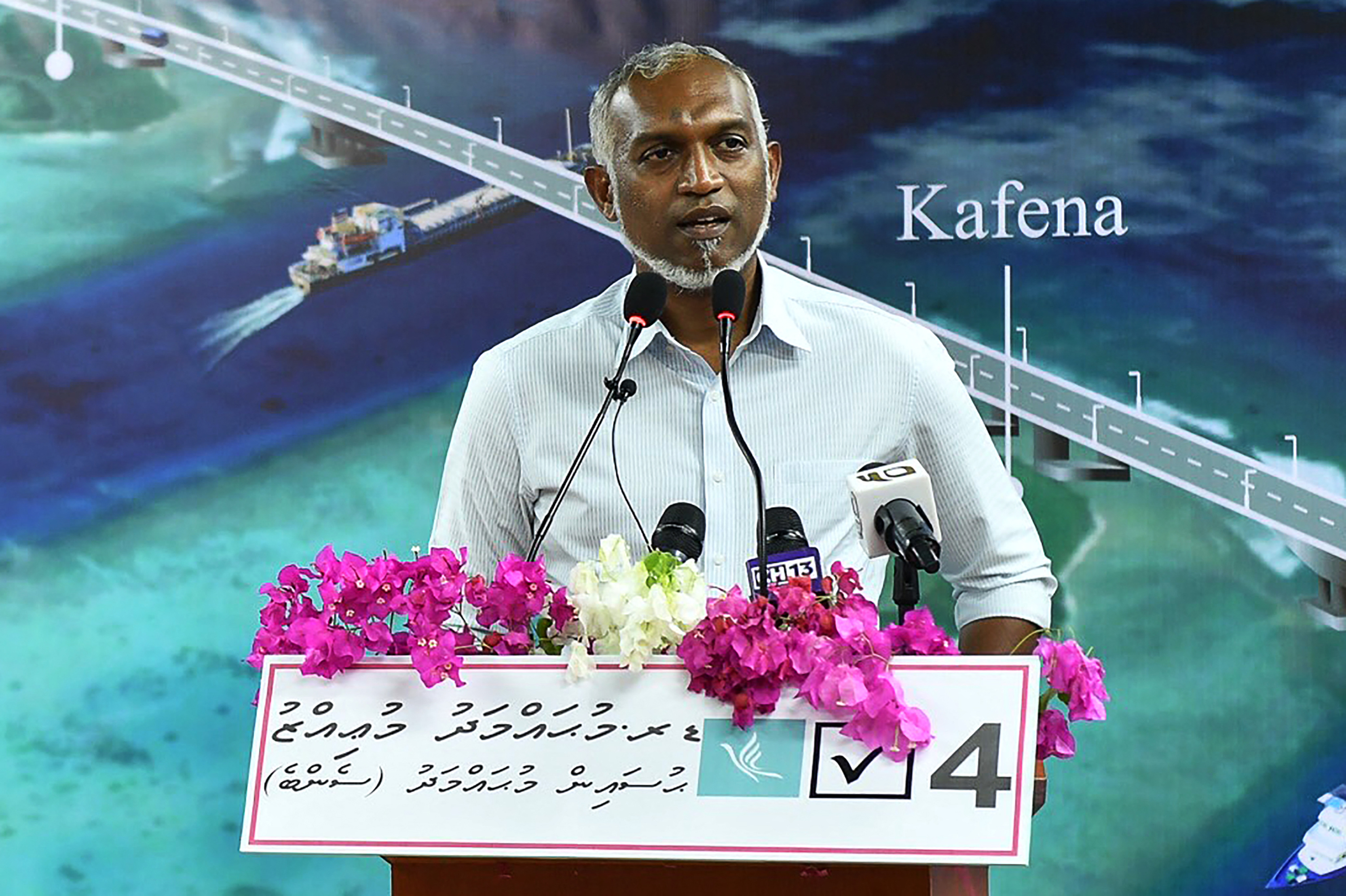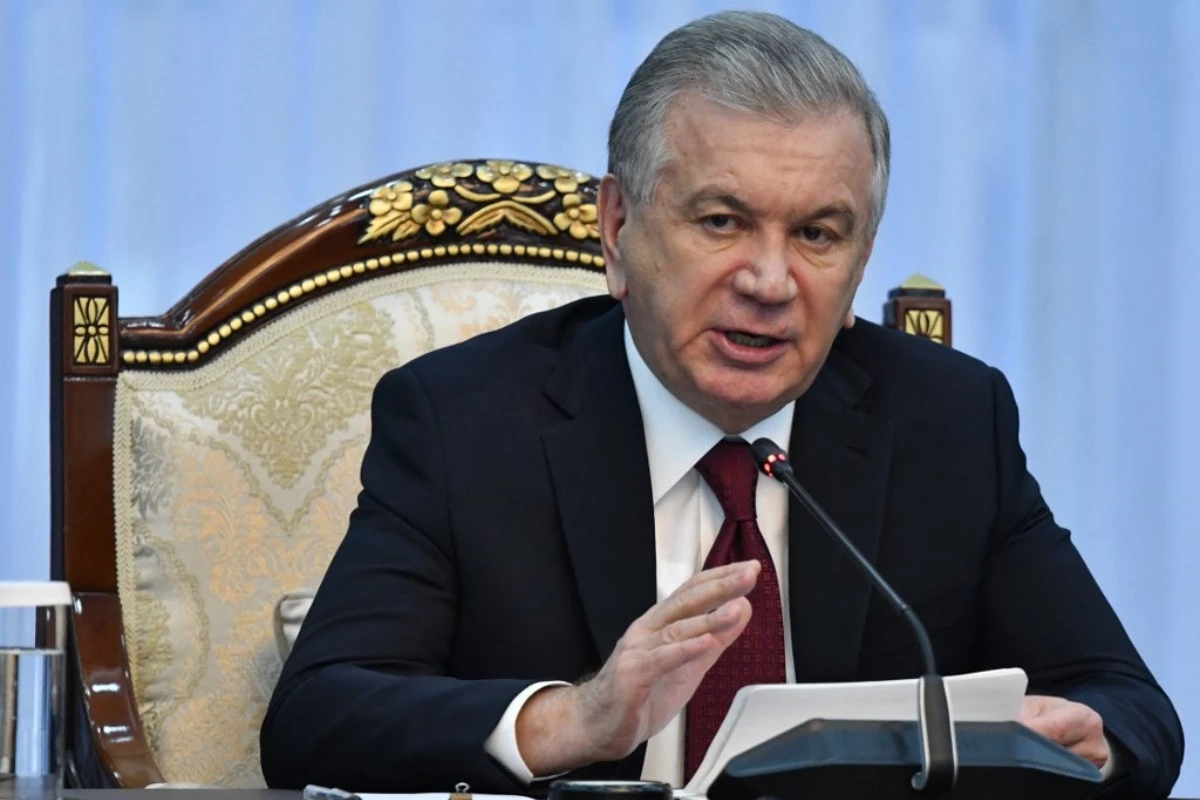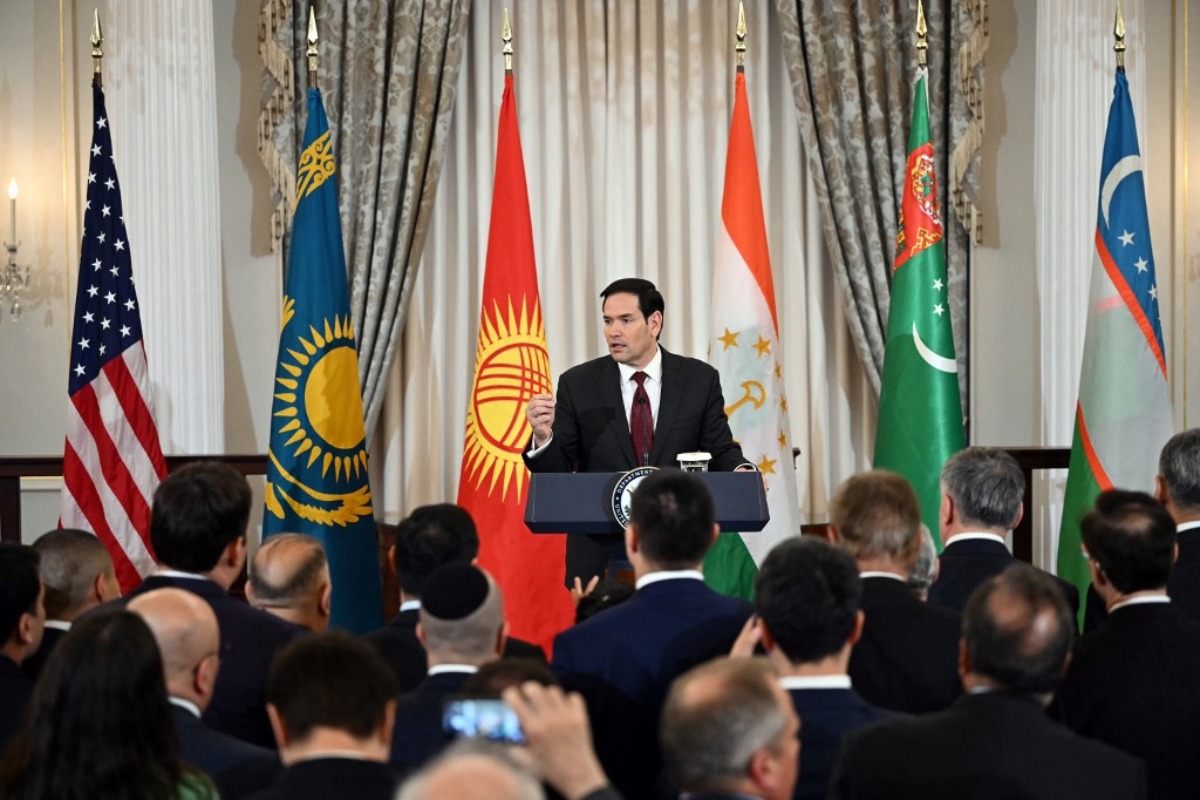
Al Jazeera’s Tony Cheng, reporting from Male, said Muizzu might find it hard to fulfil all the promises he made during campaigning. “India is deeply involved enmeshed in the finances, in trade, in infrastructure growth. I think it will be very hard, even if he wanted to, to stop that. He has publicly said he favours China,” Cheng said.


“The future of our region is shaped by every state of Central Asia. A solid foundation and a guarantee of its sustainable development and prosperity lie in the readiness and sincere desire for cooperation, as well as in the shared responsibility of all Central Asian nations for their common future. Our main goal is to jointly turn Central Asia into a stable, economically developed, and prosperous region.” These words, spoken by President of Uzbekistan Shavkat Mirziyoyev back in 2017, resonate with particular significance today.

Central Asia is entering a new, historically significant stage of its development. Today, we are moving toward genuine unity.

On November 6, 2025, the second Central Asia–United States (C5+1 or C5+USA) summit meeting was convened in Washington. Its significance on the Asian level extends beyond the scope of regional dialogue, as evidenced by the Washington meeting, which reflected the emerging geopolitical landscape, showcasing the growing interest of major powers in the region.